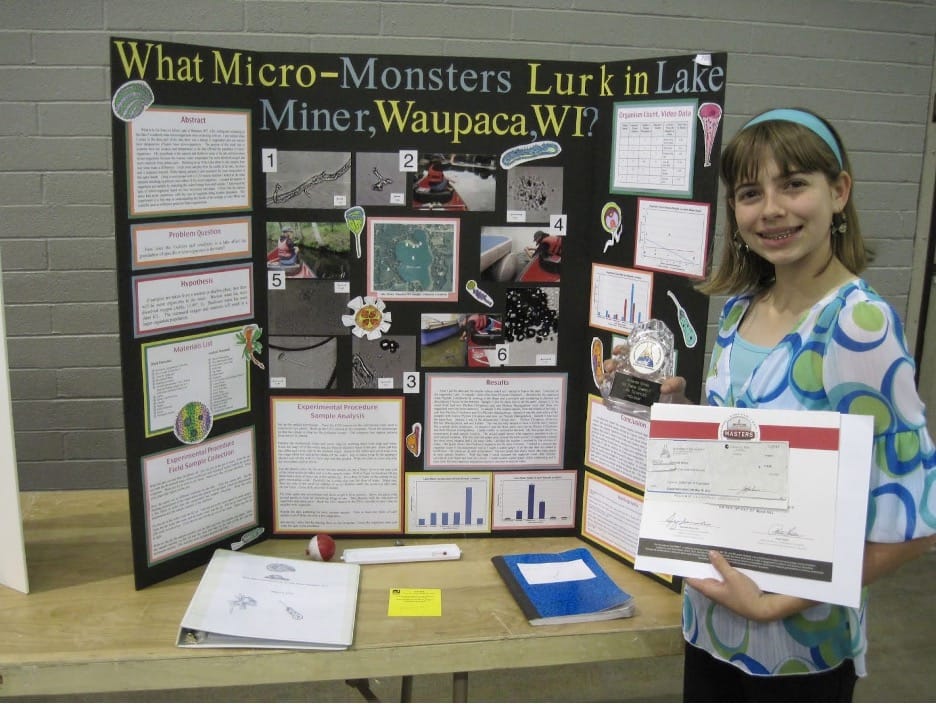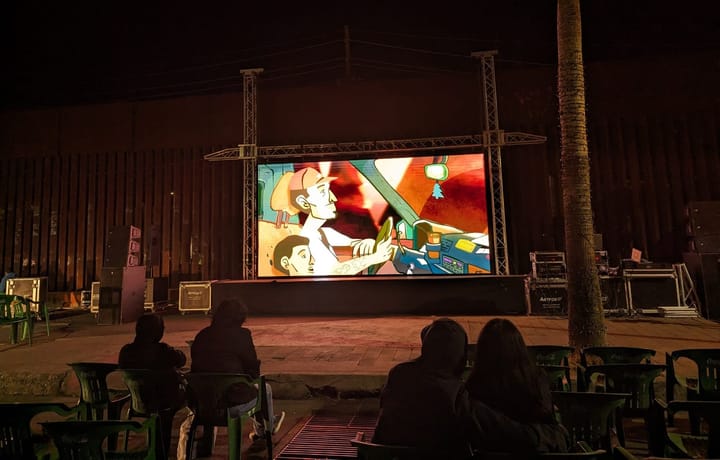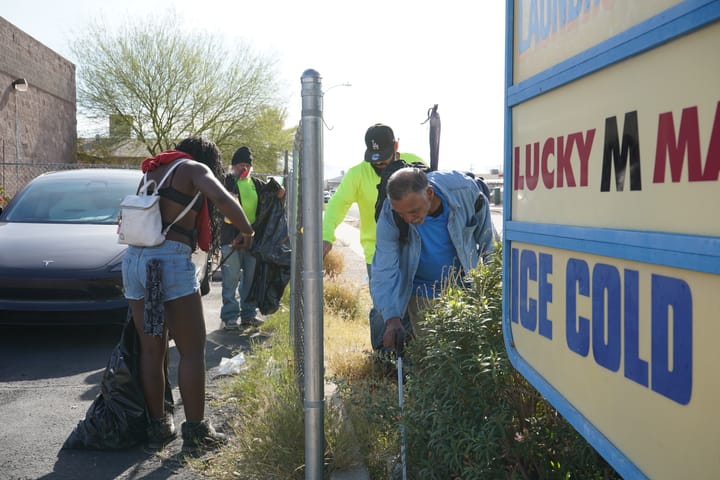SARSEF in the 2010s: STEMing the Tide
SARSEF empowered thousands of Arizona students in the 2010s, launching many from science fairs to global competitions and successful STEM careers.

For thousands of students in Arizona, the 2010s were a defining era for scientific discovery, thanks to the Southern Arizona Research, Science and Engineering Foundation.
This was the era when STEM went from nerdy to necessary, and SARSEF was at the forefront, helping students flex their science skills on real-world problems.
In 2010 the fair brought in 1,445 projects from 200 schools.
Fast forward to 2019, and participation ramped up to 2,145 projects produced by 6,636 students. From water filtration hacks to projects that sent students to the big leagues at international competitions, SARSEF wasn’t just a science fair, it was a launchpad for careers, scholarships, and game-changing innovation.
Melissa Lambert, a former middle school participant, exemplified SARSEF’s impact. Winning multiple awards, including a University of Arizona scholarship, she eventually landed in a career at the UA Lunar and Planetary Laboratory.
Lambert was one of many for whom SARSEF wasn’t just about competition — it was a stepping stone to a future in science and engineering.
Another contestant from this era, Amanda Minke, participated from 2010 to 2019 and credits the program with shaping her academic and professional journey.
“Science Fair paid for my college,” she said.
Minke’s passion for science started in eighth grade at Immaculate Heart Catholic School. One of her favorite science fair projects involved the analysis of microorganisms from a nearby lake.
“It was so cool — and also so gross,” she said. “I never want to swim in that lake ever again.”
That moment sparked a drive in Minke to create a filtration system, leading to years of research in water purification.
By high school, she had engineered a method to filter lead out of water using algae and was able to test her designs in a UA lab, thanks to their collaboration with SARSEF.
“SARSEF gave me a leg up on a lot of other people because the scientific method and engineering came second nature to me,” Minke said.
But beyond technical skills, Minke said the program also played a critical role in the development of essential communication skills.
“Communication will trump a lot of other stuff,” she said. “Interviews aren’t a problem at all — I did them for hours on end at SARSEF.”
For many students, SARSEF is more than just a science fair, it’s a turning point. As an eighth grader, Minke had the chance to shadow high school competitors at ISEF, an experience that inspired her to return as a competitor, then later as a judge and volunteer. During this time she saw firsthand how students tackled real-world challenges of this era, saying the trends at the time were projects on climate change, solar energy, and surprisingly, graffiti removal.
These trends reflected with students as global temperatures rose and policies like the Paris Climate Accord of 2015 took shape, young researchers explored renewable energy solutions. The rise of solar power in government and business also influenced student projects. Even graffiti removal aligned with urban renewal efforts in major cities. These trends showed how students were not just aware of current issues but actively working on solutions to shape the future.
Minke’s journey is an example of the power of curiosity and determination. What began as a simple question evolved into a career path that not only funded her education but also led to a bachelor’s degree in environmental science with a minor in hydrology.
Now, working as a consultant for engineering firms, Minke credits SARSEF for helping her transform their passion into a tangible career.
And SARSEF didn’t just prepare students for local competitions — it sent them to the world stage. In 2012, Arizona students traveled to Pittsburgh, Pennsylvania, for the Intel International Science and Engineering Fair. Among them were Stanley Palasek from Sonoran Science Academy, Cory Owan from Catalina High School and University High School’s Stephen Yao.
By 2016, SARSEF participation had grown to 2,000 students and ISEF was hosted in Phoenix. That year, University High School’s Sloan Wayne Kanaski won a trip to visit CERN, one of the world’s leading scientific research centers.
Minke was still on her journey with SARSEF in 2017 and was on phase four of her algae filtration system, advancing to ISEF that year, along with a team project by Jeremy Wang, Meena Ravishankar, and Vishakk Rajendran, who developed a 3D-printed solution for healing fractured bird wing bones.
The following year, Jeremiah Pate, another SARSEF alum, earned a trip to Stockholm for the Nobel Prize Awards after developing a project aimed at curing Parkinson’s disease using the body’s cellular defenses.
A few years later he made big waves when he landed on the Forbes’ 30 Under 30 list and credited SARSEF as the catalyst for his success.
“The research I conducted for SARSEF as a high school student led me to compete on the international level at ISEF and eventually found my own company, Lunasonde,” he said.
In 2018, SARSEF expanded its reach across eight Arizona counties, engaging over 6,800 students. The following year, it boasted 300 volunteer judges, underscoring the community’s continued investment in the program.
For countless students throughout the decade, SARSEF was that unexpected path, leading them to a future they never imagined.
Angelina Maynes is a University of Arizona alum and reporter with Tucson Spotlight. Contact her at angelinamaynes@arizona.edu.
Tucson Spotlight is a community-based newsroom that provides paid opportunities for students and rising journalists in Southern Arizona. Please support our work with a paid subscription.




